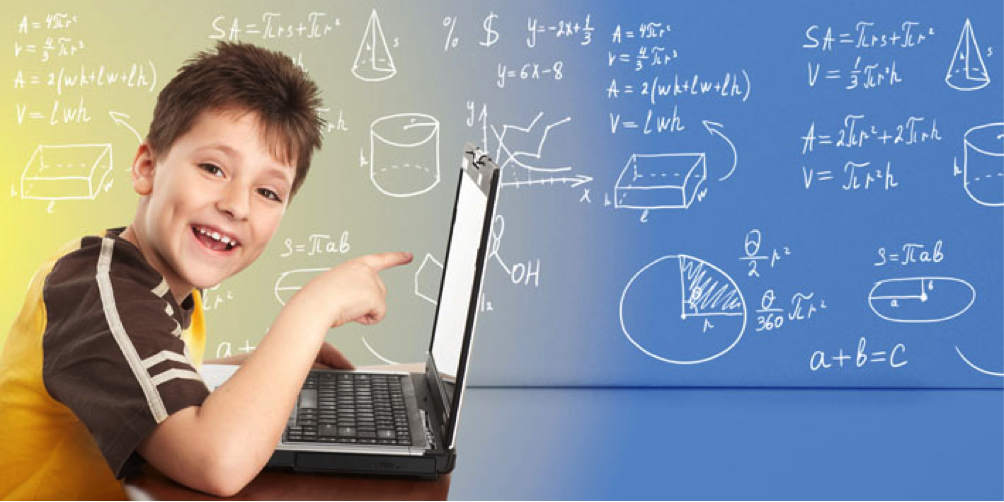Our children no longer study with books. They do it with tablets. The e-Learning for kids is the present of education. One of the important keys to the functioning of our society revolves around the Internet. We are talking about an absolute communication, almost without limits. Elements such as emotion or passion, which we were told before that could only be transmitted personally, are perfectly transmissible through a screen.
E-learning for kids
In this new phase, e-Learning is basic and not only for E-Learning content. There is also a need for truly specialized companies, good educators and/or communicators who know how to transmit correctly in these media.

Education e-Learning for children and millennials
Many times, there is a paradox in our society, which the digital natives know more (our children, now also called Millennials or Millennial generation). They are the ones who perform better in the App Store or in the Android Market than many of us.
We think that our children are the smartest, but when we agree with other parents and they tell us that their children do similar things. We are already talking about a social phenomenon.
They learn quickly because it motivates them. They entertain them; They surprise them, and it is a natural medium for them. Our children already have the skills to master the technology. It is something innate to them.
The way of learning has changed radically. Now education is more virtual than real. The five senses are redistributed. So, the ear, the taste, the touch, and the smell lose importance in front of the view, which works almost always through the filter of a screen.
The key is not in losing contact with material things. Students should know that things exist beyond the screen. Imports the message, not the support. Don Quixote by Miguel de Cervantes is a universal work. The important thing is that they read it, not as they read it.
Education must be the center of this technological revolution. The inclusion of technological tools allows the creation of learning environments in which children not only memorize but also helps them to think, discern and evaluate the contents. All are presented to them in the school context.
These children are the consumers of the e-Learning to train. They will not have the difficulties that current students may have today. For their generation, it is simply completing the training cycle they started from when they were born. It is to take another step.
Traditional teaching versus e-Learning

The traditional school has been exceeded and the classrooms without walls offer new possibilities of access to knowledge. Innovative models for distance education and those designed to achieve graduate learning, appropriate to each need through e-Learning designs. It should and can help fulfill the purposes of updating knowledge and projecting people towards more horizons and satisfactory in their personal, occupational or professional development.
It is essential to conceptualize that, in traditional teaching, the methodology has the teacher as the center of the educational process. In e-Learning, it is centered on the student.
Materials acquire the role of the indispensable. They must be carefully prepared to reach the category of self-sufficient and achieve by themselves the expected effect … learning!
To the teacher, however, if he still has a way to go. New ways of teaching, the use of new methods and techniques … The student is going to claim that it enhances their abilities, and these can always be improved. As it happens when choosing e-Learning provider for a company, the teaching staff needs to gather some basic characteristics.
Characteristics of the teacher in the e-Learning era
This new distance teacher must have traditional skills such as written communication, spelling, and synthesis. We must also have technical skills in handling equipment and software, as well as online information search.
They must teach a coherent and appropriate use of these means. Build teaching in meaningful learning. The teacher must be continuously trained in the use of ICT with a clear educational purpose.
The modality of e-Learning to train for children and also for adults (both current and future) is not in doubt. It is already part of the life of the children of today and the educational process of those adults tomorrow.
Adapt the contents in a very personalized way and the creation of a good script that specifies the aspects related to the development of content to achieve the objective is key. We must bear in mind that technology is not more important than content. It is a means to reach it, hence the need to create a good structure in the content. The prestigious e-Learning companies must know the responsibility they undertake.
The constant increase in knowledge in any professional career sooner or later makes permanent educational needs. It can only be met through innovative educational strategies.
Besides the diversity of activities that we have today, the time needed to travel to an educational center, the distances, the difficulty to find in the same geographical area the topic of interest, etc … make e-Learning allow us to expand educational opportunities throughout life.
E-Learning is also a great opportunity for many developing countries. Information and communication technologies must arrive and fulfill their function efficiently and simply.



